Through our research on the impact of zoning on Harlem, and guided by our primary goals, the working group has arrived at a two part proposal which establishes a novel exchange for facilitating community owned development and advances a contextually defined structural logic and program sited in air rights above existing buildings. These projects — BitLot and AirLot respectively — will be presented separately, followed by analysis of the profound potential of the tools when paired.
BitLot
In order to coordinate the highly complex demands of developing housing in New York City, we propose the creation of BitLot, a community corporation responsible for developing and managing the unique assets to be created. Upon incorporation, BitLot will be charged with the following mandates within its charter, to be achieved by leveraging digital tools and community outreach.
- Develop affordable housing in Harlem
- Creation of real and financial assets for legacy residents of Harlem
- Foster the built and cultural assets of Harlem, existing and future
AirLot
Airlot is the building program which pairs with the BitLot platform to design and construct structures. The airspace above existing structures is analyzed to identify opportunities for densification with minimal impact to the built fabric below. Parametric design tools are utilized to produce insight across a range of options from which the investors and stakeholders can make selections. Inputs such as sky-exposure planes, solar orientation, and the preservation of access to existing light wells generate outputs such as the number of units created, estimated cost, and potential profit distributions. BitLot participants are able to use the information and vote on criteria and proposed developments, creating a range of outcomes which scale to create a network of space and services for the Harlem community.
If implemented at a neighborhood wide scale, the combined tools of BitLot and AirLot could generate over 10 million SF of new development, comprising more than 10,000 apartments, at an average 80% affordable to incomes appropriate to Harlem. Critically, these developments would have minimal impact on shading the streets, and distribute this additional capacity throughout the entire district, rather than creating heavy, out of context clusters which impose their presence on the neighborhood. In addition to affordable housing, the inclusion of an Equity Bonus FAR of 1 on each site has the potential to generate air rights with a market value of over $500,000,000. This value would circulate in the community through BitLot’s financial products, rather than being extracted by profit driven real estate interests. Rather than displacing legacy residents, these structures would add to existing housing stock, and even bolster the finances of host sites that provide affordable housing.
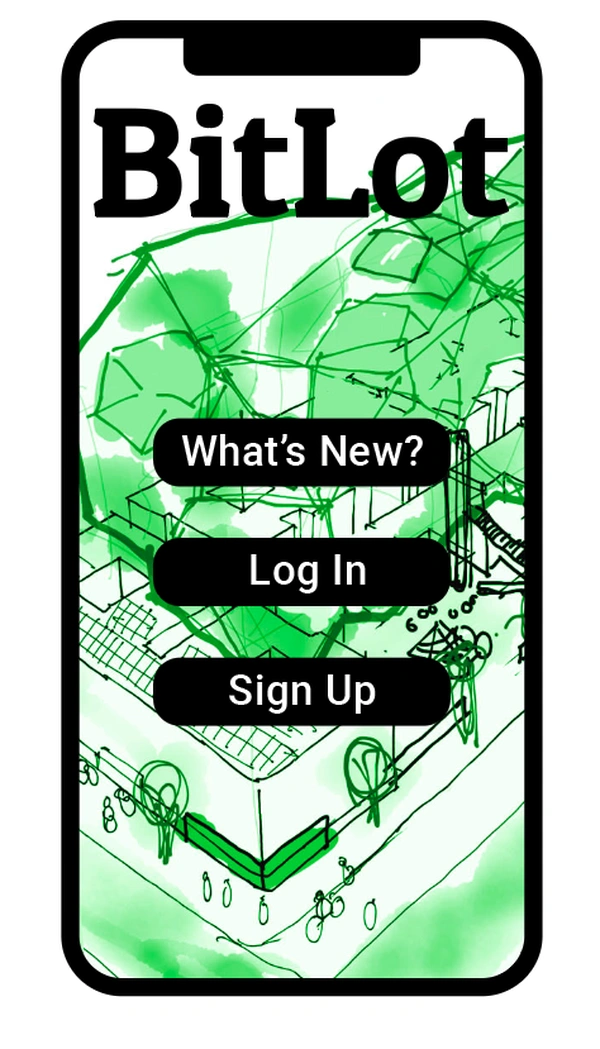
BitLot platform homepage
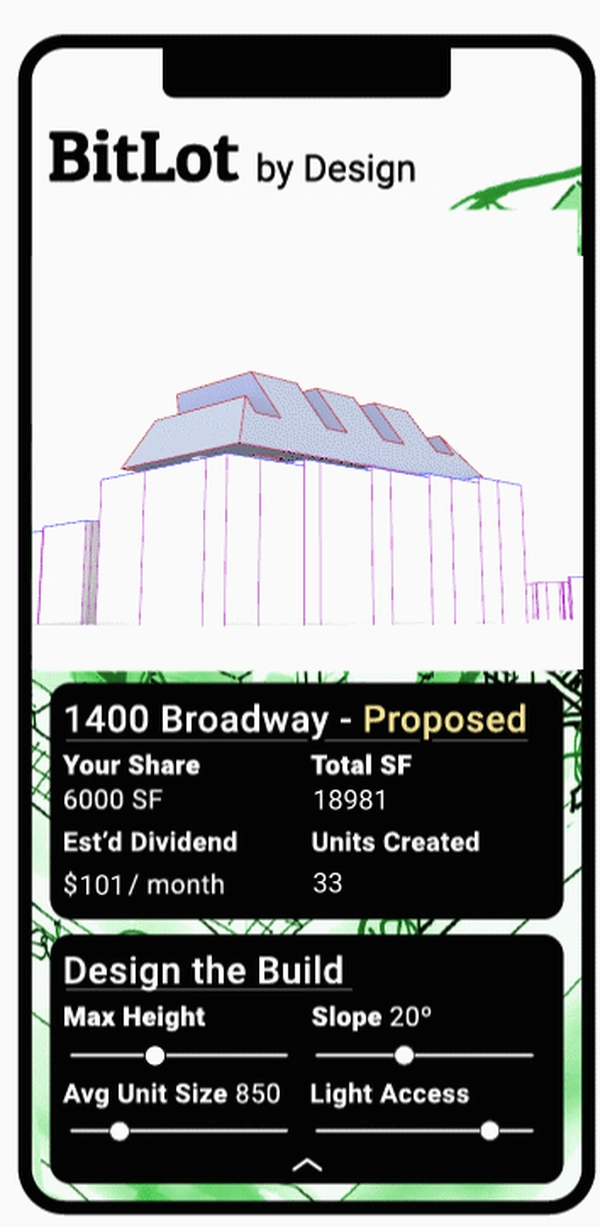
BitLot by Design sample page
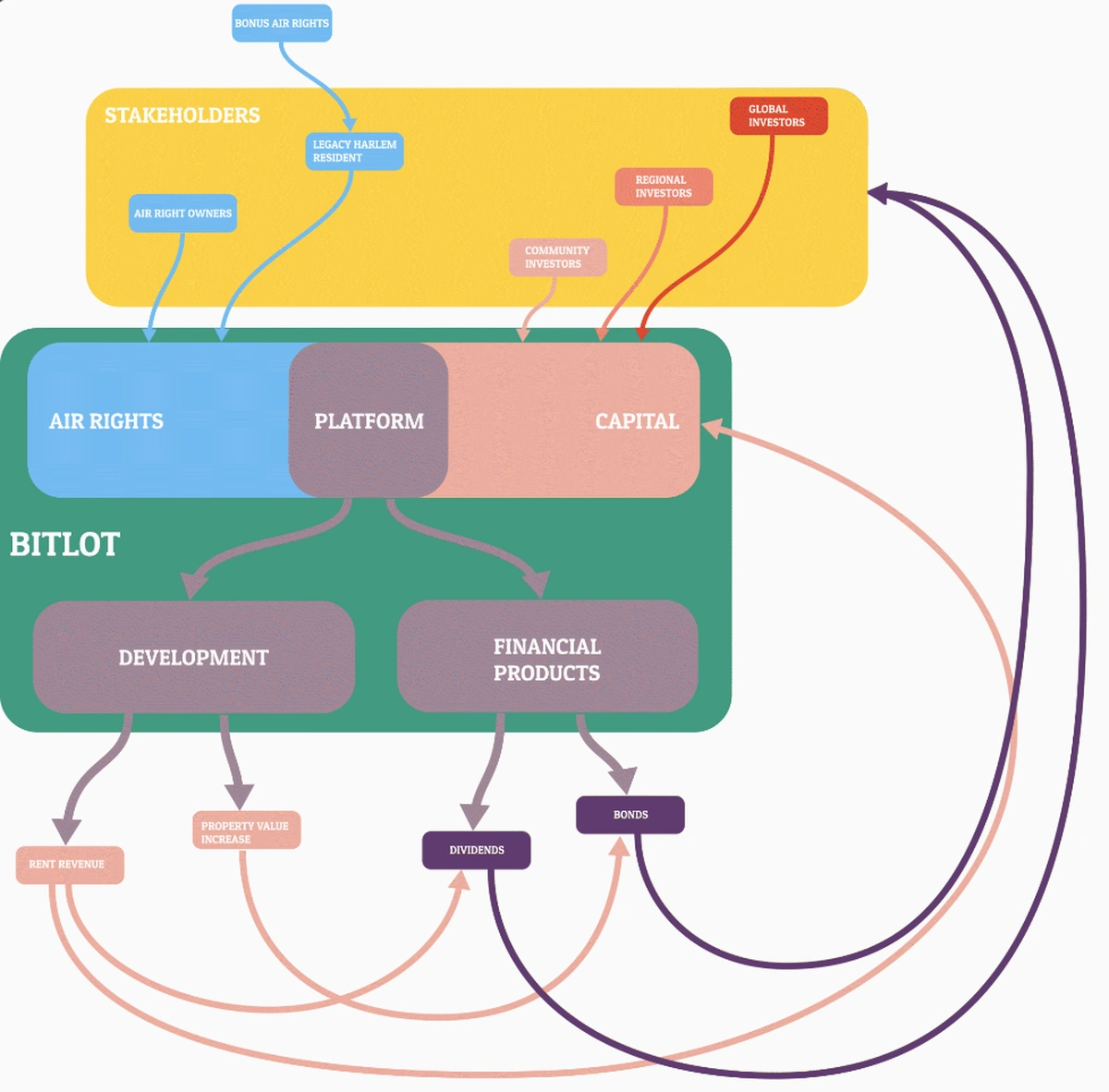
Overall platform proposal
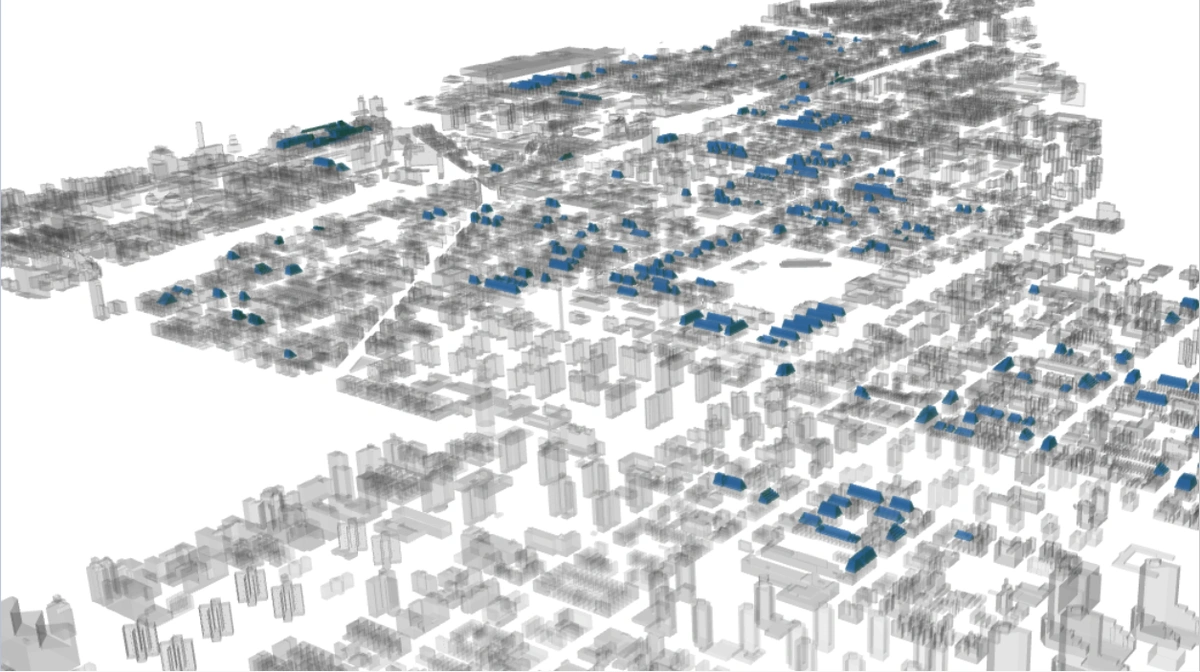
Site distribution and massing over Harlem
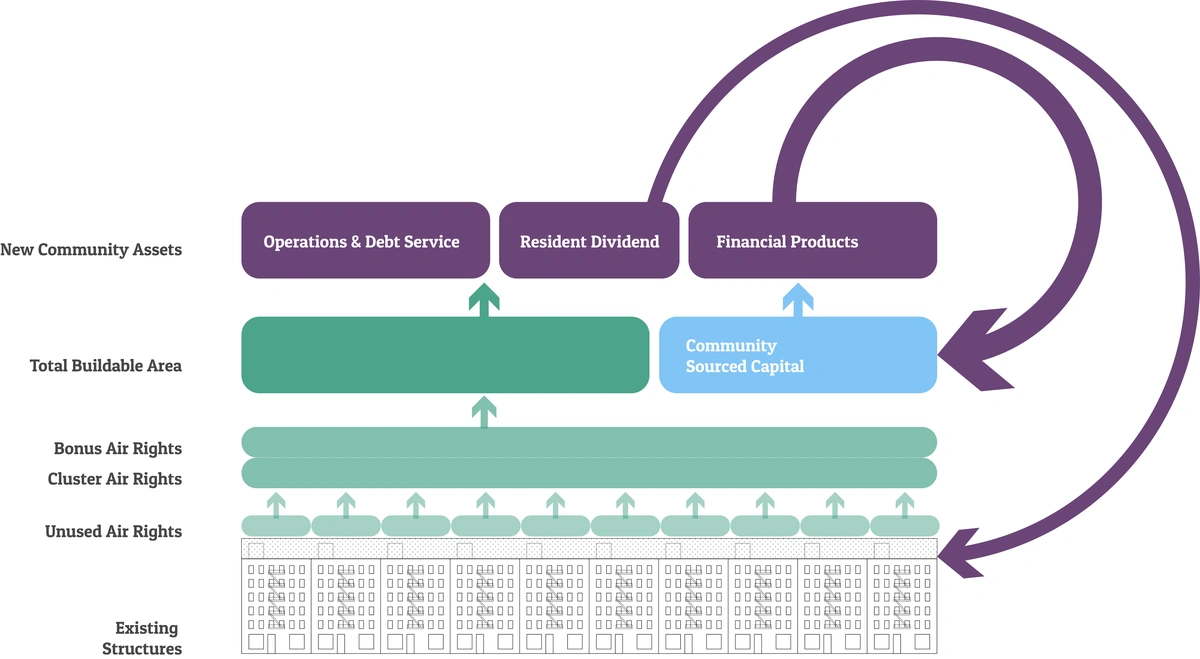
Circular, reparative economic model for revenue distribution from new developments
The J. Max Bond Center is an organization with roots in the Nation's first community design corporations ARCH Architects Renewal Committee of Harlem founded in 1967. We engage in the transformative work of creating equitable communities of opportunity. We are developing impactful, scalable strategies, problem specific solutions, and applicable theory. Team leader for Reparative Air Rights is Shawn Rickenbacker, Director of the Bond Center. Primary team members include Alden Copley Master of Urban Design (MUD), John Hartman MUD, Alyssa Lewis Master of Architecture (M.Arch), Matthew Morgan M.Arch, Nusrat Sharman MUD, Tanha Tabassum A. M.Arch
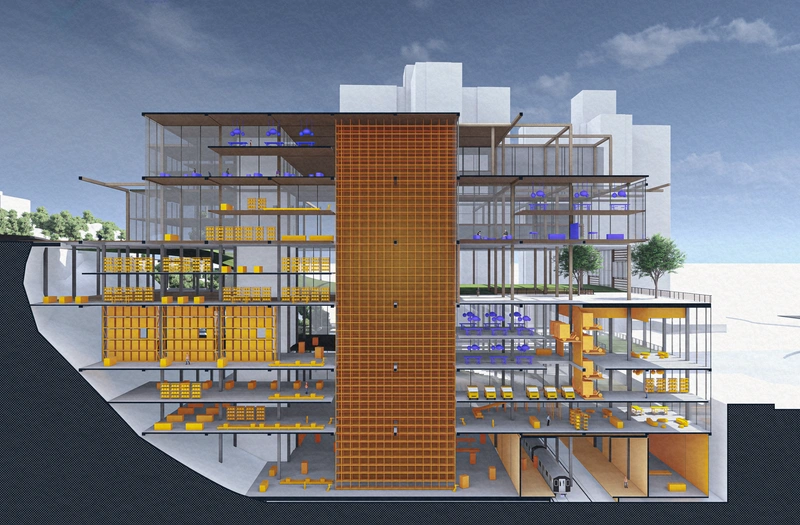
Urban Logistics Hub proposal for leveraging subway and public housing infrastructure. Research and design by Nicolas Fuertes La-Rotta, Shawn L. Rickenbacker, Shyanne Sonnenberg, Catherine Brizo, Joel Cardenas, Julio Salcedo, Hector Tarrido-Picart
